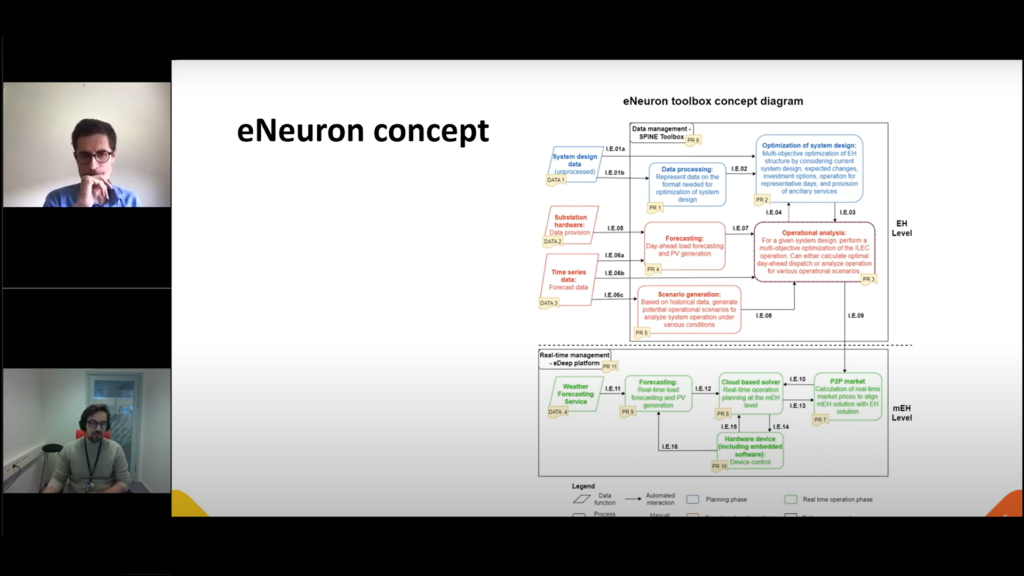A recent publication in Energies highlights the role of integrated local energy communities in supporting Europe’s climate ambitions.
As Europe strives for carbon neutrality by 2050, renewable sources like solar and wind play an essential role. However, their intermittent nature creates challenges for grid stability. Integrated local energy communities (ILECs) are emerging as a potential solution, helping communities balance renewable sources, enhance energy resilience, and reduce emissions.
A recent study from eNeuron investigates how integrated local energy communities (ILECs) serve as collaborative networks of energy users. These communities optimise the use of various energy vectors—such as electricity, hydrogen, methane, and water—to create efficient energy-sharing systems. By effectively managing these resources, ILECs can address the variability of renewable energy, improving grid stability and economic efficiency.
The study provides a roadmap for establishing ILECs, detailing each phase from initial design to implementing essential technologies. It emphasises the importance of control and monitoring systems, as well as planning tools, to assess and optimise performance. This guidance supports stakeholders in developing cleaner, resilient energy solutions and underscores ILECs’ potential to reach Europe’s carbon neutrality goals.
The full study, published in the special issue “Modeling, Optimization, and Techno-Economic Analysis of Energy Systems” of Energies, is available here.
Cover image by Rodolfo Clix, pexels
Published on
30 Oct 2024



